Bacillus spp. with at least two antimicrobial peptide-related genes exhibited diverse AHPND-inhibition activities
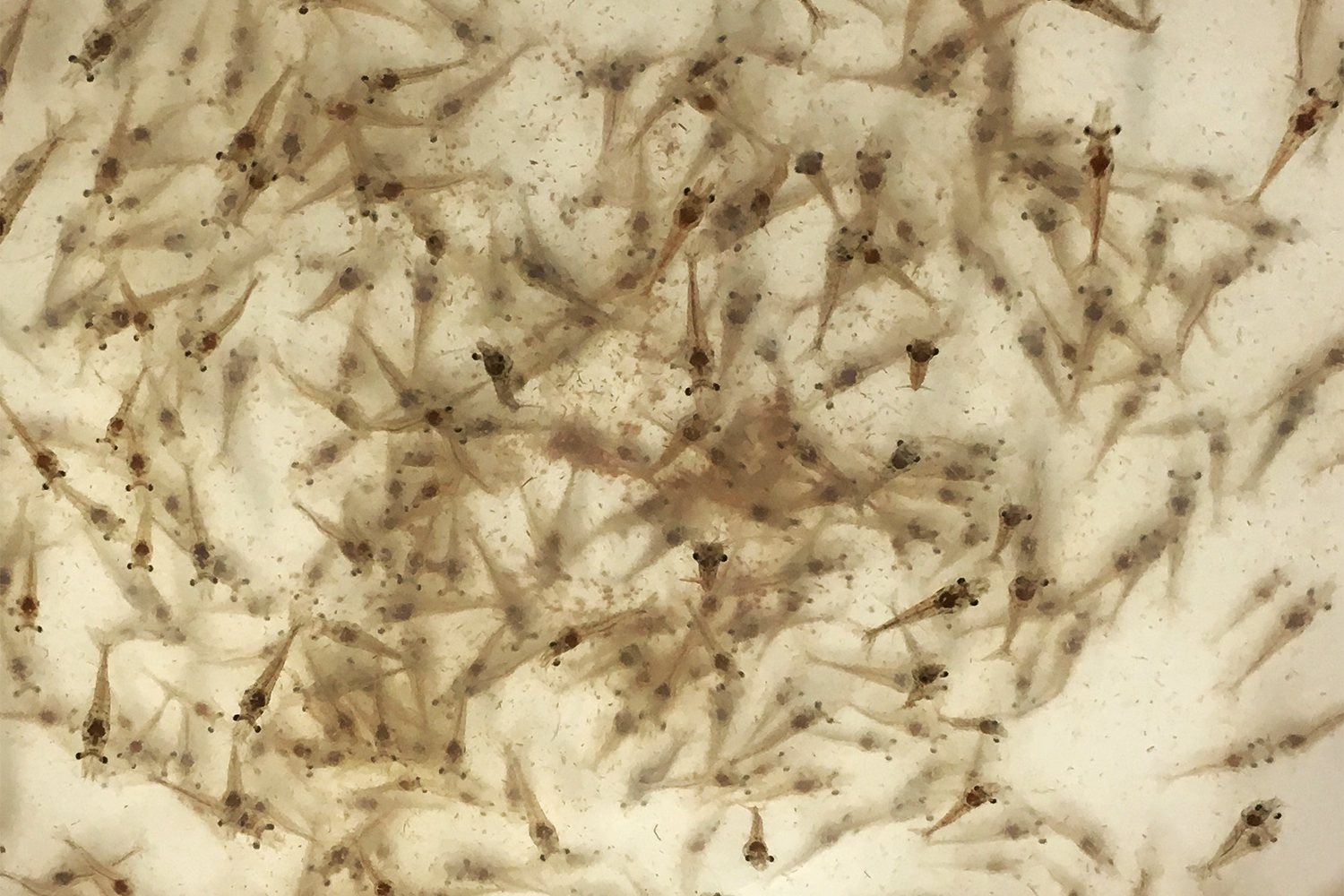
Acute hepatopancreatic necrosis disease (AHPND) is one of the most serious threats to shrimp farming. AHPND is caused mainly by Vibrio parahaemolyticus (VPAHPND) which affects penaeid shrimp, including the Pacific white shrimp (Litopenaeus vannamei) and black tiger shrimp (Penaeus monodon), with mortality up to 100 percent within 20 to 30 days of cultivation, resulting in significant economic losses in shrimp aquaculture.
In general, bacteria are promising contributors to shrimp health and are widely applied in shrimp farms for health management as an alternative strategy to reduce the risk of diseases. Probiotics – live microorganisms which when administered in adequate amounts confer a health benefit on the host – and biological control agents have been studied. Previous studies suggest that oral administration of exogenous bacteria stimulates shrimp immune reactions, and bacterial antagonism occurs in the environment, including the shrimp gut and pond water. However, the exact mechanism of the probiotic effects of bacteria on shrimp and the appropriate application are uncertain.
Bacillus spp. is one of the most studied and used bacteria as a probiotic or biocontrol agent in aquaculture. In shrimp, oral administration of spores or vegetative cells of specific strains of Bacillus spp. reduces the mortality of shrimp caused by bacterial infections, with induction of the host immune system and/or antagonism between the bacteria as possible mechanisms. Antimicrobial peptides (AMPs) secreted by Bacillus spp. inhibit the growth of other microorganisms, especially bacteria and fungi. The risk of resistance among bacteria against those AMPs is thought to be small; thus, the application of AMP-producing Bacillus to aquaculture fields is promising.
The stomach microbiota of penaeid shrimp may play a crucial role in protecting against bacterial infections. Vibrio bacteria, such as VPAHPND and Vibrio penaeicida, colonize the shrimp’s stomach during the initial stages of infection. Moreover, in contrast to mammalian animals, shrimp stomachs host a diverse range of bacteria, with variations observed in the presence or absence of AHPND development. This knowledge suggests that the bacterial community in the stomach microbiota of shrimp, similar to the intestinal microbiota of mammals, might confer beneficial effects on shrimp.
This article – summarized from the original publication (Proespraiwong, P. et al. 2023. Evaluation of Bacillus spp. as Potent Probiotics with Reduction in AHPND-Related Mortality and Facilitating Growth Performance of Pacific White Shrimp (Litopenaeus vannamei) Farms. Microorganisms 2023, 11(9), 2176) – reports on the results of a study on Bacillus spp. strains isolated from the shrimp stomach and environment and their evaluation as potential beneficial bacteria for shrimp.
Study setup
For this study, healthy Pacific white shrimp (0.5 grams) were provided by Aquatic Animal Research Mae Klong, Charoen Pokphand Foods Public Co., Ltd. (CP, Bangkok, Thailand). Shrimp were maintained in aerated aquaculture tanks at Kasetsart University until the challenge test. The shrimp were randomly screened by PCR for the presence of several pathogenic viruses including AHPND, EHP, WSSV, IHHNV, TSV and YHV. Shrimp husbandry conditions during experiments included pH 7.8–8.2, temperature 28–32 degrees-C, salinity 20 ppt, alkalinity 170–190 mg, TAN less than 1 ppm, and NO2− less than 1 ppm.
Probiotics derived from Bacillus spp. were isolated from the stomachs of AHPND-surviving L. vannamei (22 isolates) and mangrove forest soil near the shrimp farms (10 isolates). Bacillus spp. were genetically identified and characterized based on the availability of antimicrobial peptide (AMP)-related genes. The phenotypic characterization of all Bacillus spp. was determined based on their capability to inhibit AHPND-causing strains of Vibrio parahaemolyticus (VPAHPND).
In the lab, the efficacy of the Bacillus spp. against various strains of VPAHPND was evaluated. Shrimp were immersed in 1 × 105 CFU/mL Bacillus sp. for 10 hours and then challenged with 1 × 104 CFU/mL of different VPAHPND strains in a salinity of 20 ppt. All assays were performed in triplicate for each VPAHPND isolate. Then, field trials were conducted in shrimp nursery farms in several shrimp farms in Vietnam.
For detailed information on the experimental design, animal husbandry, laboratory and field trials, Bacillus strains isolation and characterization and data collection and analysis, refer to the original publication.
Do diets supplemented with phytobiotics protect Pacific white shrimp against AHPND?
Results and discussion
The results showed that Bacillus spp. without AMP-related genes were incapable of inhibiting VPAHPND in vitro, while other Bacillus spp. harboring at least two AMP-related genes exhibited diverse inhibition activities. Interestingly, B. subtilis strain K3, isolated from shrimp, exerted remarkable inhibition against VPAHPND (80 percent survival) in Pacific white shrimp and maintained a reduction in shrimp mortality within different ranges of salinity (75–95 percent survival). Moreover, with different strains of VPAHPND, B. subtilis K3 showed outstanding protection, and the survival rate of shrimp remained stable among the tested groups (80–95 percent survival).
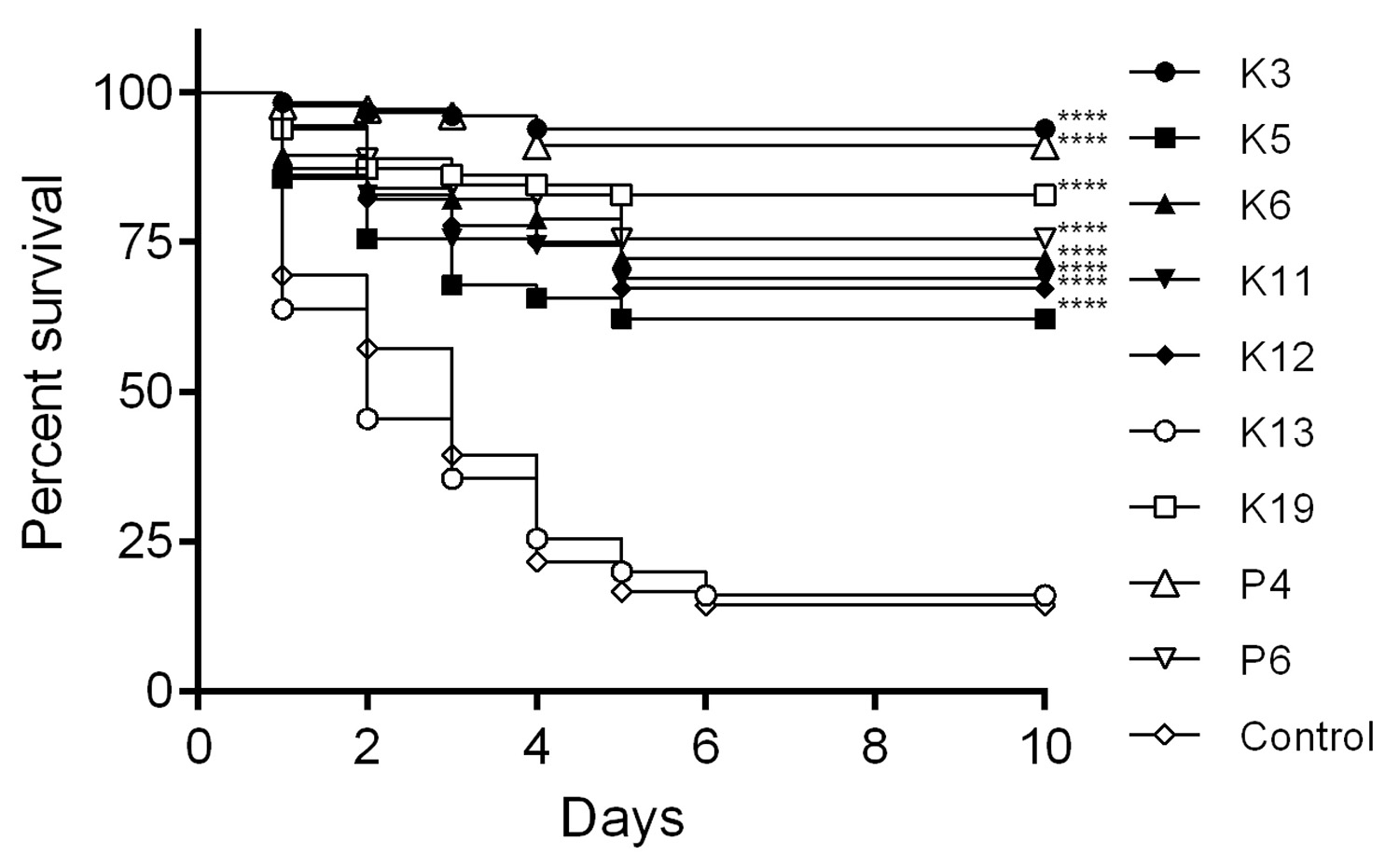
Despite the apparent differences in environmental conditions between shrimp stomachs and mangrove forest soil, there were no clear patterns in the distributions of the tested AMP-related genes among Bacillus isolates from each origin. It is expected that the Bacillus present in the shrimp stomach is not specifically adapted to the shrimp stomach environment but rather that Bacillus that could be present in the external environment is ingested orally and colonizes in the shrimp stomach.
While some previous studies claimed that bacteria administered by feeding colonized shrimp, it is not clear whether supplied Bacillus in water can stably colonize the digestive tract of shrimp. A previous report showed very low colonization rates of Bacillus bacteria in the digestive tracts of shrimp, especially in earthen ponds. For this reason, the field trial in this study was conducted with continuous administration of the test bacterium, but the optimization of dosing methods is needed.
In general, strains of VPAHPND are halophilic (thrive in high salinities), and the salinity in the water affects their virulence. Experimental infections in this study also showed different mortality rates of shrimp in a salinity-dependent manner. However, in shrimp hatcheries, it may be difficult to reduce the salinity. In contrast, inland water aquaculture of Pacific white shrimp uses low-salinity water for cultivation. In this study, at each salinity, mortality during VPAHPND challenge was lower in the experimental group using B. subtilis K3. This indicates that the effects can be expected under a variety of environmental salinity conditions.
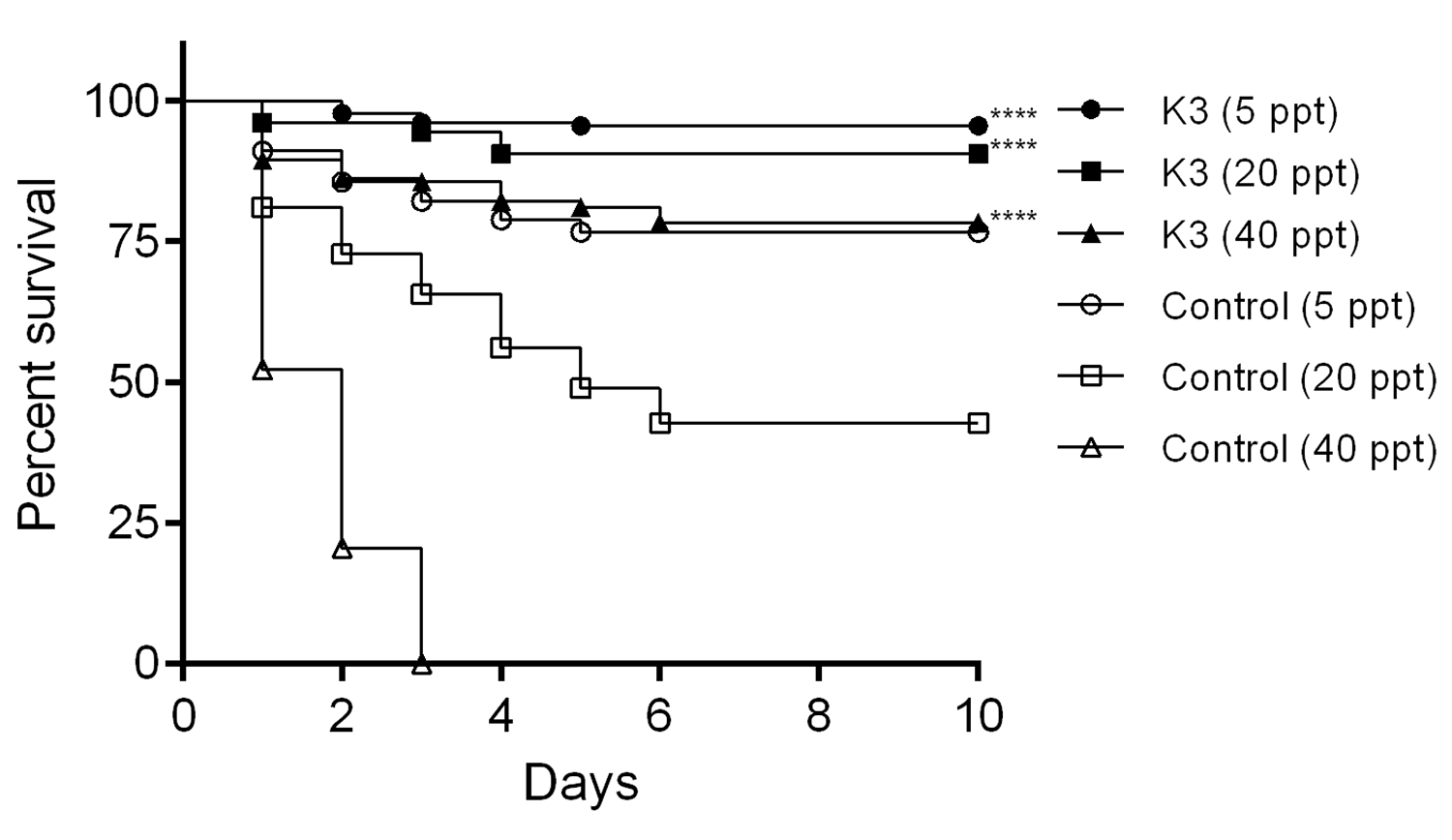
This study was based on selected AMP-related genes for genetic analysis rather than whole genome analysis. We cannot deny that the isolates might harbor novel or overlooked AMP genes that contribute to bacterial inhibition. In addition, it remains unclear whether the differences in inhibitory activity between isolates in vitro are dependent on the amount of AMP secreted or the activity of each peptide molecule. Because of the limitations of this study, it is not certain that similar results can be obtained with other Bacillus isolates.
Probiotics in aquaculture are a well-known method to improve the health status of aquatic animals, and the use of probiotics to control disease has been widely discussed. However, the validity of their use should be confirmed using rational probiotic screening and selection, as well as the elucidation of their efficiency in laboratory and field trials.
Perspectives
An isolate of Bacillus spp. K3 obtained in this study reduced the mortality of L. vannamei shrimp challenged with VPAHPND. The methods we used to screen potentially beneficial Bacillus spp. can be useful for the search for probiotics for shrimp. This study also shows one of the possible mechanisms of the beneficial effects of probiotics on shrimp.
Now that you've reached the end of the article ...
… please consider supporting GSA’s mission to advance responsible seafood practices through education, advocacy and third-party assurances. The Advocate aims to document the evolution of responsible seafood practices and share the expansive knowledge of our vast network of contributors.
By becoming a Global Seafood Alliance member, you’re ensuring that all of the pre-competitive work we do through member benefits, resources and events can continue. Individual membership costs just $50 a year.
Not a GSA member? Join us.
Author
-
Sasimanak Unajak, Ph.D.
Corresponding author
Department of Biochemistry, Faculty of Science, Kasetsart University, Bangkok 10900, Thailand; and
Kasetsart Vaccines and Bio-Product Innovation Centre, Kasetsart University, Bangkok 10900, Thailand
Tagged With
Related Posts
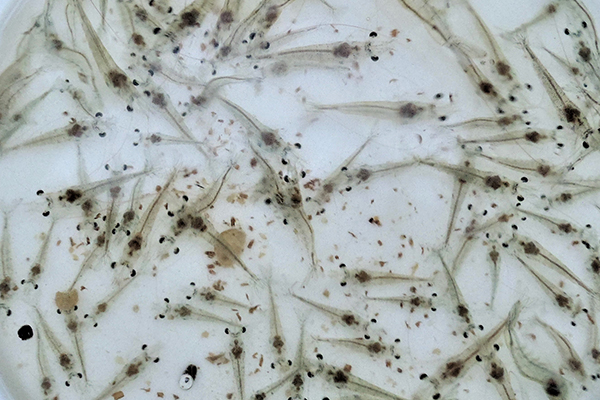
Health & Welfare
Antibacterial activity of Bacillus strains against AHPND-causing Vibrio campbellii in Pacific white shrimp
From a study in South Korea arise practical strategies to manage Vibriosis and the costly AHPND in shrimp aquaculture.
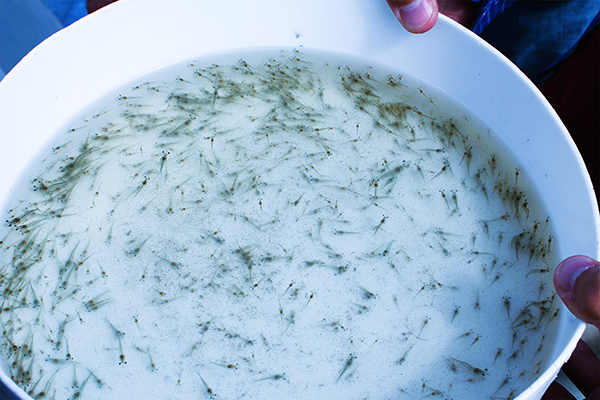
Health & Welfare
Effects of probiotics on ammonia degradation in vitro and in Pacific white shrimp ponds
The two probiotics studied degraded ammonia in vitro and in ponds. A magnetic field improved germination and proliferation of Bacillus spores in vitro.
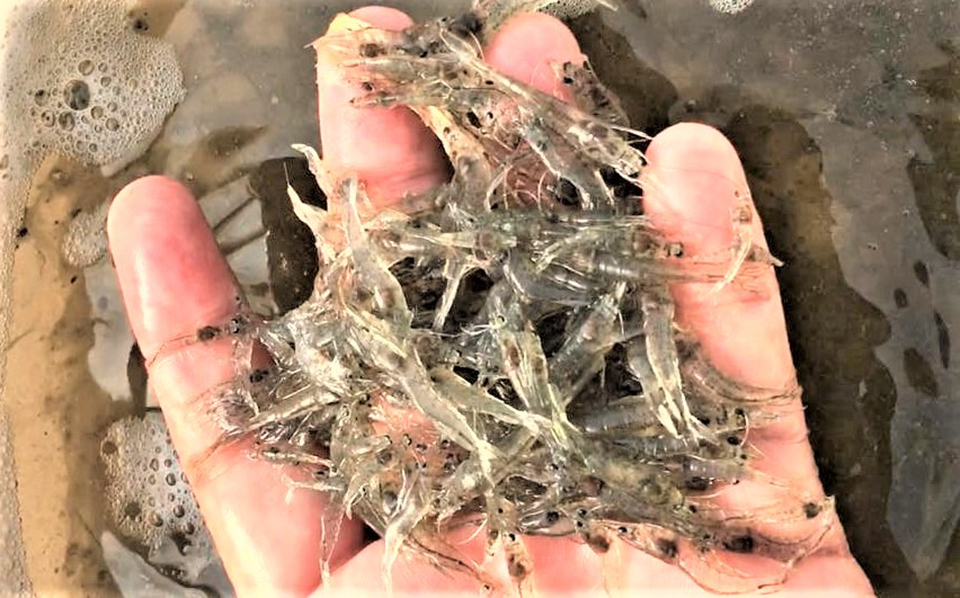
Health & Welfare
Microbial community of probiotic-treated shrimp survivors put to AHPND challenge test
Evaluating the practical application of probiotics to manage pathogens that cause high mortality rates in shrimp farming around the world.
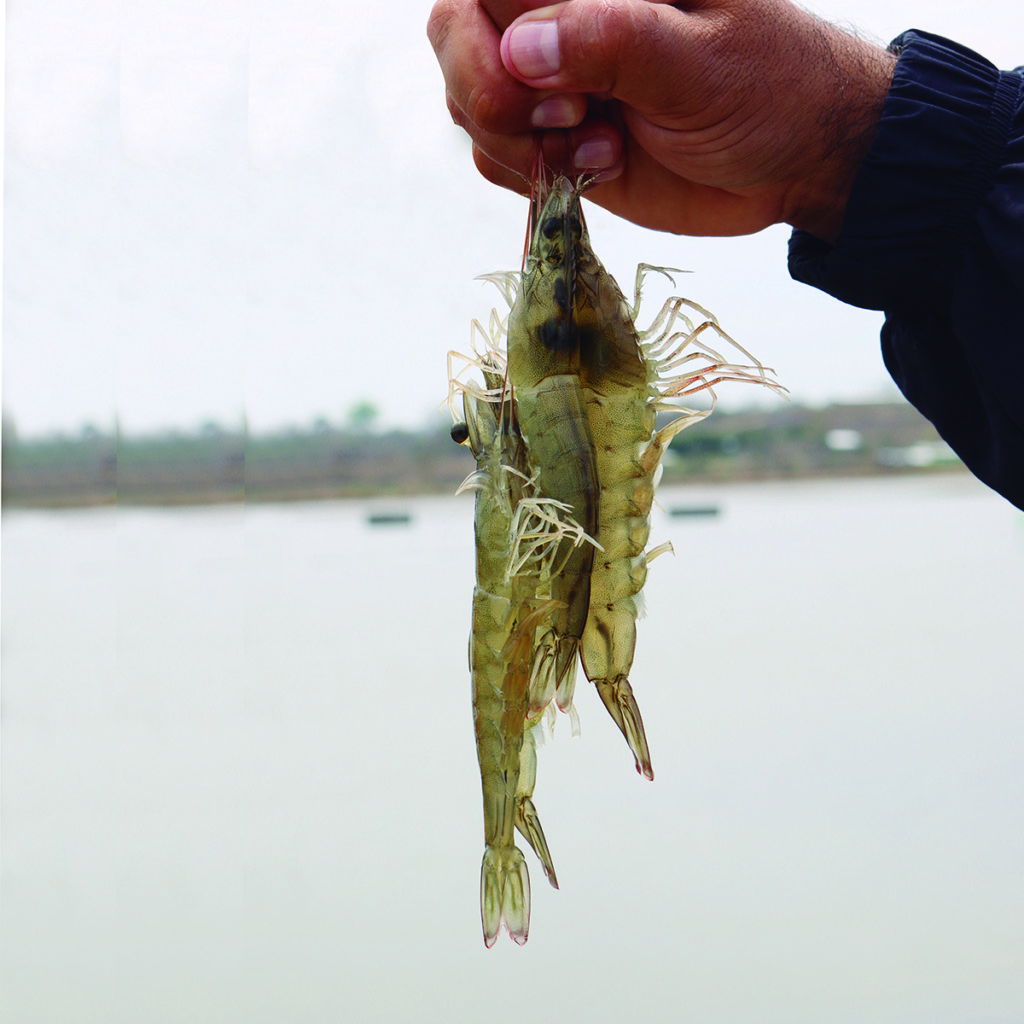
Health & Welfare
Natural strategies to improve growth and health of farmed shrimp
The application of probiotics, prebiotics and lipopolysaccharides has shown positive results with farmed shrimp, and is a very promising field, but more research is needed to clarify and foresee the molecular impact of these biological entities.



